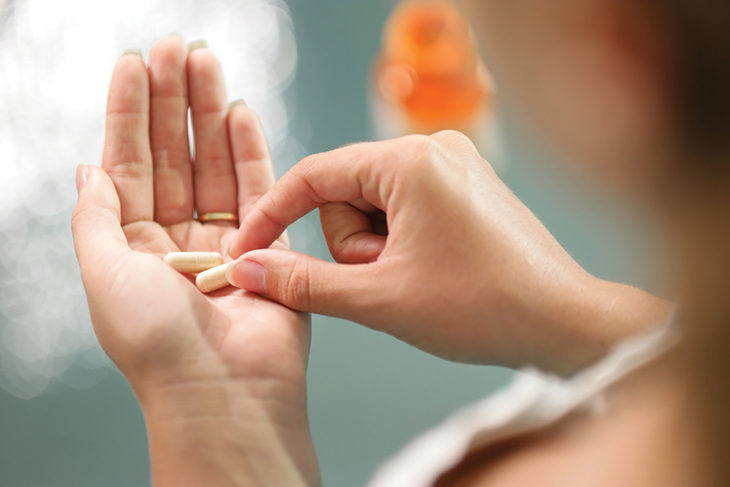by Sheryl Egan-Olaivar
Know someone struggling with chronic pain? The Center for Disease Control reports opioid prescriptions have quadrupled since 1999, but Americans report the same pain levels. One in four Americans are now addicted.
Opioid prescription misuse results in 18 women dying daily, one woman attending the ER every three minutes and a baby born with opioid withdrawal every 25 minutes. Women have a higher risk of opioid dependence, overdose and medical complications because they typically have:
- Smaller body mass and differences in body composition and digestion.
- Higher rates of depression and anxiety treated with Benzodiazepines (i.e.; Xanax Valium, Ativan.)
- More complications; often seek help later than men due to stigma and lack of health care professional’s awareness to recognize warning signs of dependency.
Opioids were designed for acute pain following a surgery or injury and have many side effects, even when taken as directed including:
- Tolerance — need more for the same pain relief.
- Physical dependence — withdrawal symptoms when stop.
- Increased — sensitivity to pain, constipation, depression, confusion, nausea.
When taken long term, opioids are less effective, and the side effects can create a pain cycle. However, there are alternatives to opioids that are safer and more effective.
After surviving a serious car accident and several surgeries, I know pain. Doctors told me to fill the opioid prescription, “in case you need it,” without asking how I was managing pain. This type of well-meaning advice has contributed to the current prescription opioid crisis. I easily could have become addicted, too. However, my experience as an occupational therapist and yoga teacher led me to try alternatives. I’m so grateful that I now can share these tips.
Sheryl Egan-Olaivar is an occupational therapist and yoga teacher with more than 30 years’ experience in healthcare. Reach her at Australian-Accents@gmail.com
References: CDC “Addressing the Unique Challenge of Opioid Use Disorder in Women.” June 17, 2017.
10 TIPS FOR PAIN MANAGEMENT
- See a specialist to treat the actual cause of the pain. (i.e., physician, DO, physical, occupational or massage therapist, chiropractor, acupuncturist, yoga.) The effort and funds required far outweigh the risk of opioid dependency.
- Take responsibility for your health, follow the instructions of the specialist rather than seeking only medications as a quick fix.
- Break the chronic pain cycle. Get adequate quality sleep, use good posture, move or stretch every waking hour and learn how to address stress and pain, with help of a counselor or therapist if needed.
- Learn from a dietician. Many foods cause inflammation that increases pain.
- Avoid caffeine, nicotine and energy drinks; they can intensify pain.
- Take five long, slow deep breaths every hour. Expand the abdomen on the inhale through the nose, draw the abdomen in on the exhale.
- Relax for 15 minutes every day; imagine pain leaving the body on each exhale and comfort entering the body on each inhale. Try using a soothing fragrance or essential oils and pleasing music, too.
- Exercise every day. The release of endorphins reduces pain and promotes happiness.
- Enjoy life by socializing with family and friends, making time for hobbies and volunteering.
- Ask your doctor about using non-opioid pain medications like acetaminophen, ibuprofen and naproxen.
Know someone who needs help? Be understanding, without judgment, and call 1-800-662-HELP or visit samhsa.gov/find-help to learn more.


